"One day, in those endless years, they were able to look in the mirror: they saw another. Weakened like ascetics, torn apart by incessant torture, the "hostages" of the military dictatorship of Uruguay, to move them from camp to camp, doomed to the loneliness of a cell no bigger than a coffin. They could not even talk to objects. Because there were no objects in their cells, there was nothing. "They were lying on the icy cement, running from every crack of the barred door, every sound of military boots, which could mean for them another cycle of torture."
The above words come from the prologue of the great Eduardo Galeano in the book: "Rosenkov & Widobro, Tupamaros. Prison Diary ".
One could say that this is a living epilogue of a city guerrilla, extremely different from all the others that have appeared from time to time around the world.
The Tupamaros in Uruguay, after all, are the only ones (with them Zapatista) that even today, which have ceased to exist for decades, can be proud that it was not a simple armed organization but an entire movement that left indelible marks on the "body" of a people.
The Tupamaros, after almost two decades of intense political action, were defeated. One, however, could smile meaningfully when hearing the word "defeat". And perhaps not unjustly, if we consider that some of the top executives of the organization, after the fall of the harsh dictatorship of the country, became MPs and ministers, while The now legendary Pepe Mujica was elected President of Uruguay, putting into practice many of what the Tupamaros fought for with weapons;

When we talk about Latin America and politics, then the first thing that comes to mind is the word "dictatorship"! Most countries in that corner of the earth have lived under authoritarian regimes. And not just once…
The only exception, perhaps, is Uruguay which had what we would call "normal political life". Governments changed power through elections, the average Uruguayan had a much higher standard of living than any other Latin American people, and since the 1910s had an eight-hour statutory, guaranteed minimum wage, unemployment benefits, and many other benefits. privileges that in other countries (even European, at that time) were considered an elusive dream.
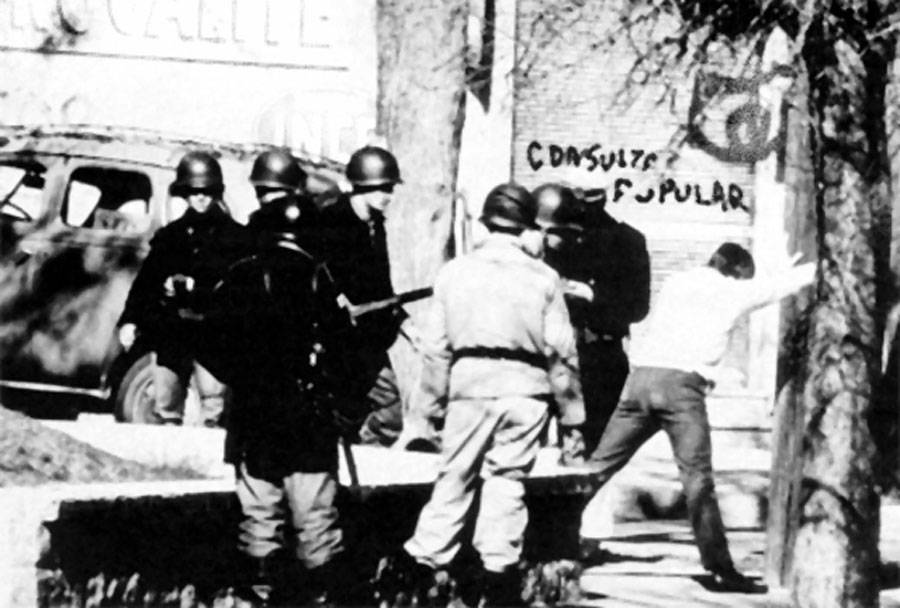
The "pit in the fava", however, was that all this prosperity was artificial and that was because the state economy was not based on growth and entrepreneurship but on state intervention. This, in simple terms, meant that a crisis in the state budget would cause the entire edifice to collapse like a paper tower. And that is exactly what happened with the economic crisis that erupted after the Korean War.
The Uruguayan government began to borrow, the fiscal debt skyrocketed and the rest is history… It is indicative that by 1965 and within five years the national currency had depreciated seven times!

Slowly but surely, the Uruguayans saw themselves, without being responsible somewhere, impoverishing their lives and themselves sinking more and more into misery every day.
The first organized reaction comes from the peasants who, led by Raul Cedic, set up a militant union and send a series of demands to the government. In fact, they decide to carry out the, now today, historic "march to Montevideo" where in the 250 kilometers they covered, they stopped in every village and upset the farmers there as well.
When they arrived in the Uruguayan capital, however, extreme repression awaited them. The next day the trade unionists made it clear that they were not going to negotiate with the government. The birth certificate of the Tupamaros had been signed.
The founding meeting took place somewhere in 1963. It was then that the National Liberation Movement (MLN) - Tupamaros was officially created and took its name from the revolutionary and later emperor of Inca Tupac Amarou.
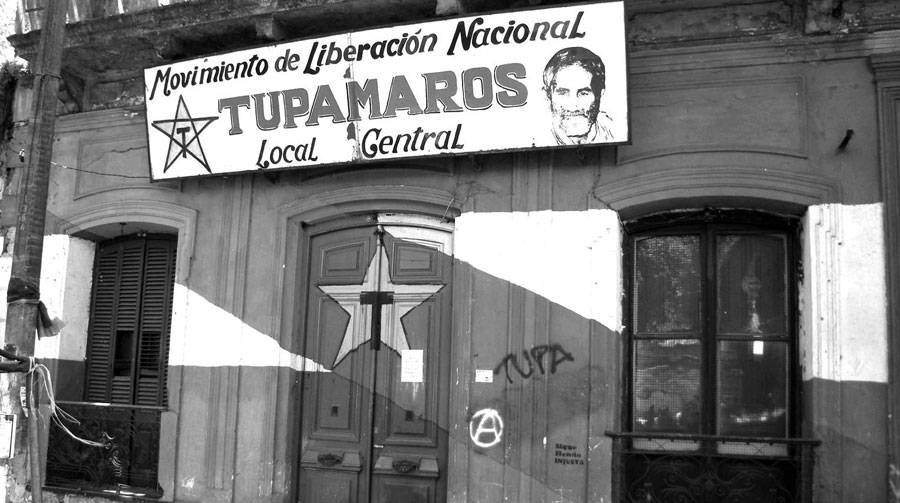
In the period of deep economic recession, the Tupamaros decide to act for the common good and thus abstain from armed actions. They are trying to create a popular movement. And they succeed after reaching the acceptance of even 40% of Uruguayans.
The first period of Tupamaros also called the "Years of Innocence", the organization's commandos, using the least possible force, carried out countless expropriations against banks, multinational companies and food companies. The booty of these attacks was then distributed to the poor. An example is the attack by MLN members on Christmas Eve 1963 on a large truck full of food. The Tupamaros commandos stopped the driver and then drove the huge vehicle to a slum where they distributed food to the poor. This move was one of many that gave the Tupamaros the favor of the local communities and turned the slums into "hostile territory" for the repressive forces.
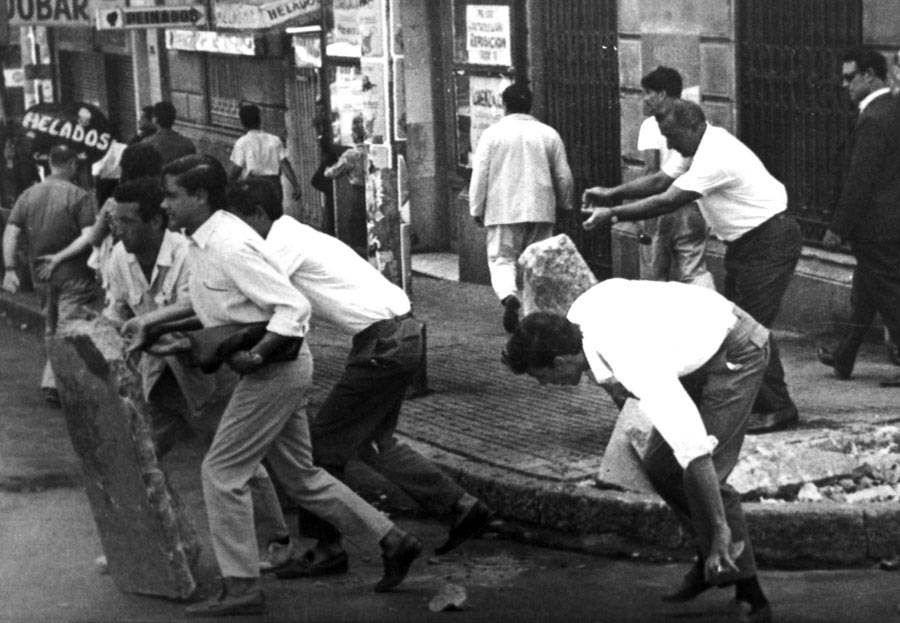
The Tupamaros, however, knew that the state would soon turn on them with all its might and was preparing accordingly. For this reason they built under his city Montevideo a whole network of underground tunnels and tunnels that allowed them to move comfortably throughout the capital. Within this underground state there were makeshift hospitals, dormitories where the fighters could rest, printing presses for the production of propaganda material and even detention centers which the organization called the "People's Prison".
At the same time, the armed part was organized where many operational nuclei were part of a horizontal organizational network and were divided into "Groups" (4-5 fighters), "Battalions" (40-50 fighters) and "Phalanges" (100-120 fighters). , with the largest guerrilla force strategically located in Montevideo.
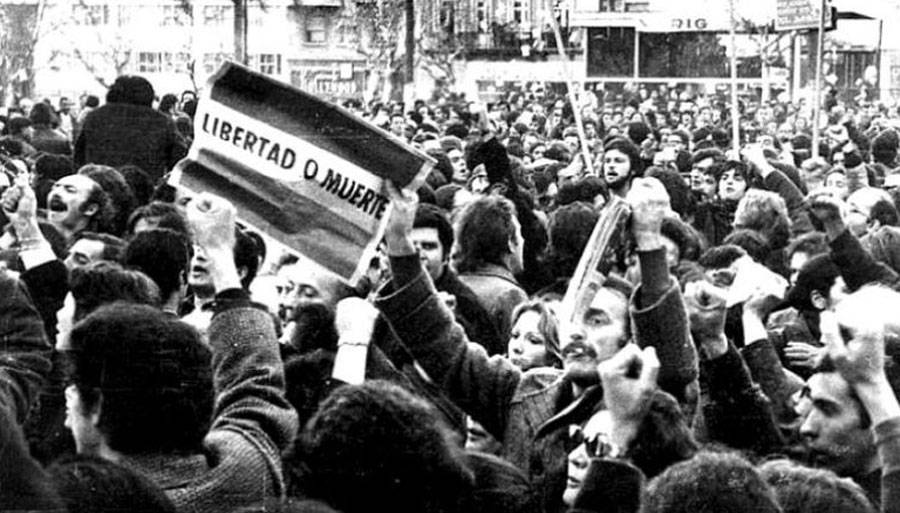
In 1968, everything was ready for the coming battle. The Tupamaros had clarified from the beginning that the armed part would be activated only in case of extreme repression. As it happened.
In June of that year, the President of Uruguay, Jorge Pacheco, declared the country a state of emergency and suspended a number of articles of the Constitution. The government imprisoned political opponents, used torture tactics in interrogations, and violently suppressed popular protests.
The Tupamaros responded immediately with armed attacks, executions of regime and abductions of politicians while in 1969 they managed to occupy the entire city of Panto! For the next three years the war between the state and Tupamaros was relentless. The government created specials counter-terrorist groups in which its members participated CIA but also the Brazilian secret services.
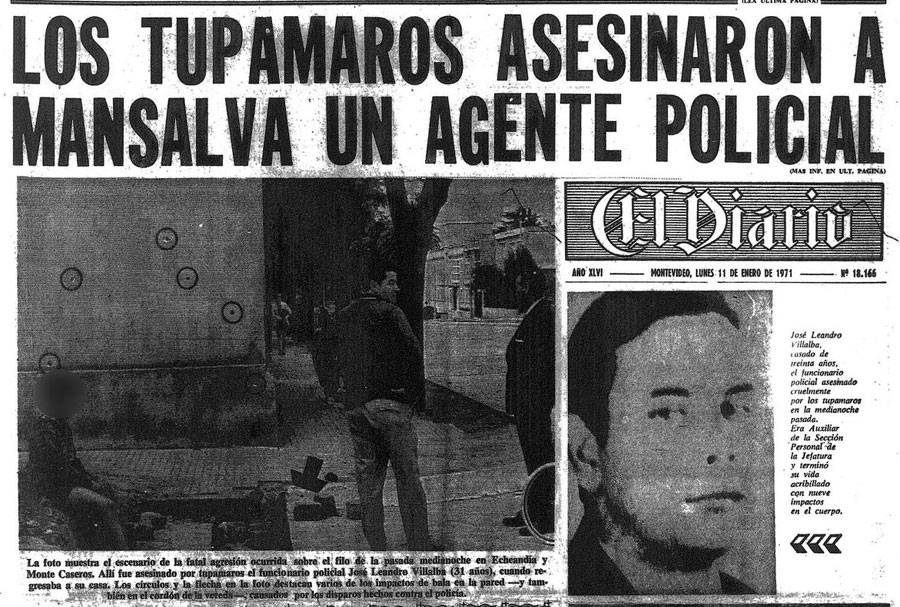
The greatest success of these groups was the betrayal of Mario Perez and Hector Amodio Perez (who was the military commander of the 15th Phalanx of Montevideo) who gave the authorities the names and addresses of 100 guerrillas and revealed the location of 30 bases of the "Prison" organization. People ", a hospital, several printing houses and ammunition depots. In fact, the Tupamaros never recovered from this blow, as within a quarter, 100 people had been killed and at least 700 fighters had been captured.
The military defeat of the Tupamaros came with the imposition of the military junta in 1973. One of the harshest dictatorships ever experienced in a Latin American country unleashed an unimaginably violent campaign against the Tupamaros. Among the thousands of arrests (some sources speak of 5.000 people) and those 10 leaders of the movement who from the regime itself were described as "hostages" and not prisoners! Among the hostages are Mauricio Rosenkov, Eleutherio "Niato" Fernandes Uidobro and of course Jose Mujica.
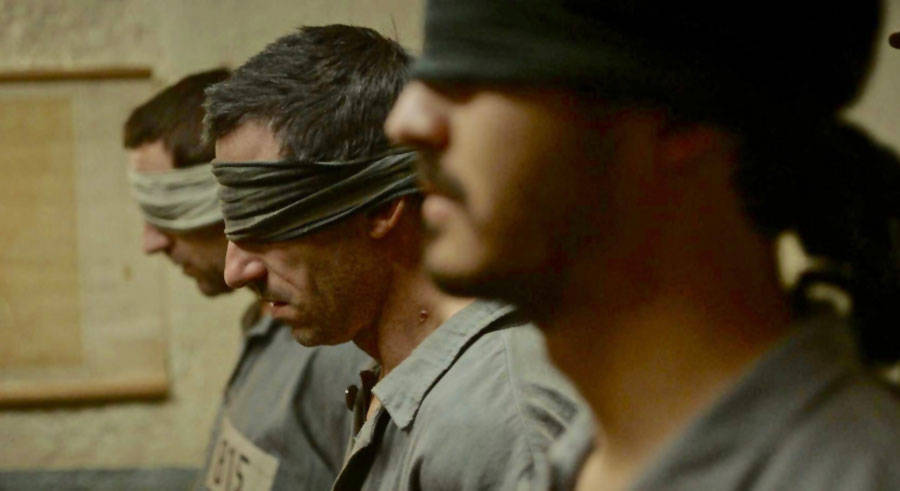

For 12 years they were brutally tortured and held in inhumane conditions in various camps and prisons throughout Uruguay. All these years they had to wear the same hoods on their heads day and night, without any visual contact with the outside world. They barely got them out of their heads. They never knew exactly where in the country they were being held. They saw the light of day and the starry sky again about a decade after their capture. For a long time they were forced to feed almost exclusively on insects. They were forbidden to urinate and defecate for more than a decade whenever they needed to. In the summer it was forbidden to bathe. It was mandatory, however, in the winter. With ice water. Their appearance had changed from the ruthless everyday wood.


The "12-year night" of the people of Uruguay "dawned" in 1985 with the restoration of democracy. It was then that, with the general amnesty, their leaders were released Tupamaros. That was when their moral victory came.
Outside their prisons, a crowd of people waited and adored them. Many of the former political prisoners a few years later served under the banner of a left-wing coalition, and some of them, such as Roshenkov and Eleutherio Niato, became deputies or even ministers, while Mujica rose to the highest state office in Uruguay. as the purest, humblest, poorest and most beloved president of Uruguay.
